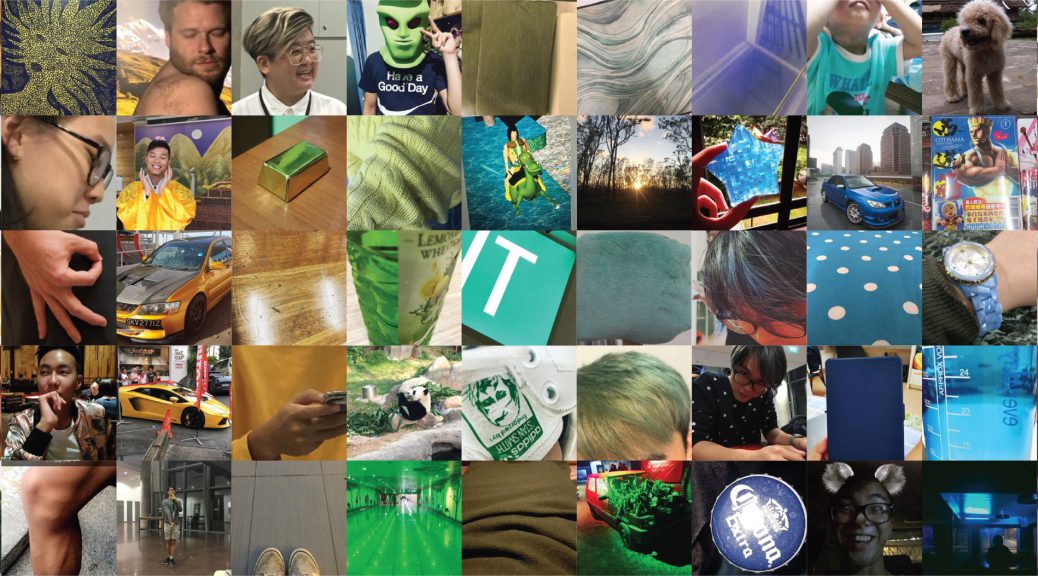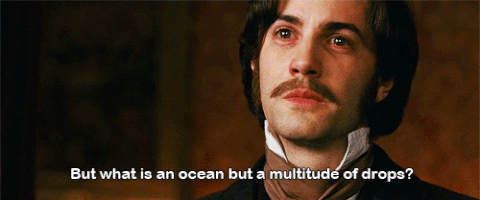As we usher in the new age of technology, I am pleased to say that something as timeless as art – is also evolving.
Throughout the ages, artists have kept their techniques and skills required to produce their work close to themselves, in fear of other artists ‘stealing’ their style. Artists have also rightly wanted their work to be a reflection or representation of themselves, which is why they seldom work in groups.
However, come the dawning of the technological era, we find that more and more artists are collaborating via means of the internet to form spectacular pieces of work. Artists are also involving more of the audience into their work, often in the process of creation.
The article brought up comments made by Claire Bishop, whereby she tries to undermine the progress of media art and at the same time give a misinterpretation of the movement or the tend.
“Bishop bypasses, discussing the relevance of ‘media art’ as part of contemporary art culture, and relegates it into what she terms as a ‘specialist sphere’.“
This was a move to potentially dissuade artist from entering the field to adhere to her elitist stance on art and how it is only meant to be created by selected skilled artists.
We were tasked to create an artwork using the method of crowd sourcing, similar to the works of Yoko Ono’s Conceptual Art Performance.
The concept for our project was to give the public access to an Instagram account, persuading the audience to upload an object which consists of their favourite colour.
What we intended for the outcome was to create a colour wheel or palate combining all the different objects.
One of the ‘issues’ we faced was audiences not providing us with appropriate image which we could use. This could be in the form of images found online (which would not be considered as objects).
As funny as this may seem, it would be one of the various challenges which may surface if crowd sourcing your art as there is no definitive way of ensuring that everyone follows according to your guidelines.
The issue can be addressed by simply having more people send in their images, however, with a limited amount of time, these images became a scarce resource and we had no choice but to use them.
The results differ in relation to Yoko Ono’s work as the rules are not as defined and there isn’t the element of responsibility or accountability when people upload their image, whereas for Yoko Ono’s work, the audience is able to judge if a participant ‘goes too far’ or against her human rights.
I would like to quote the movie Cloud Atlas.
The audience may feel as though their contribution is inadequate, however, when pieced together, it forms a collective image and it sends a definitive message that everyone has a part in the creation.
“Artists have also rightly wanted their work to be a reflection or representation of themselves, which is why they seldom work in groups.”
Relating back to this quote, I feel that this experimental piece goes against traditional artistic modes and creations.



